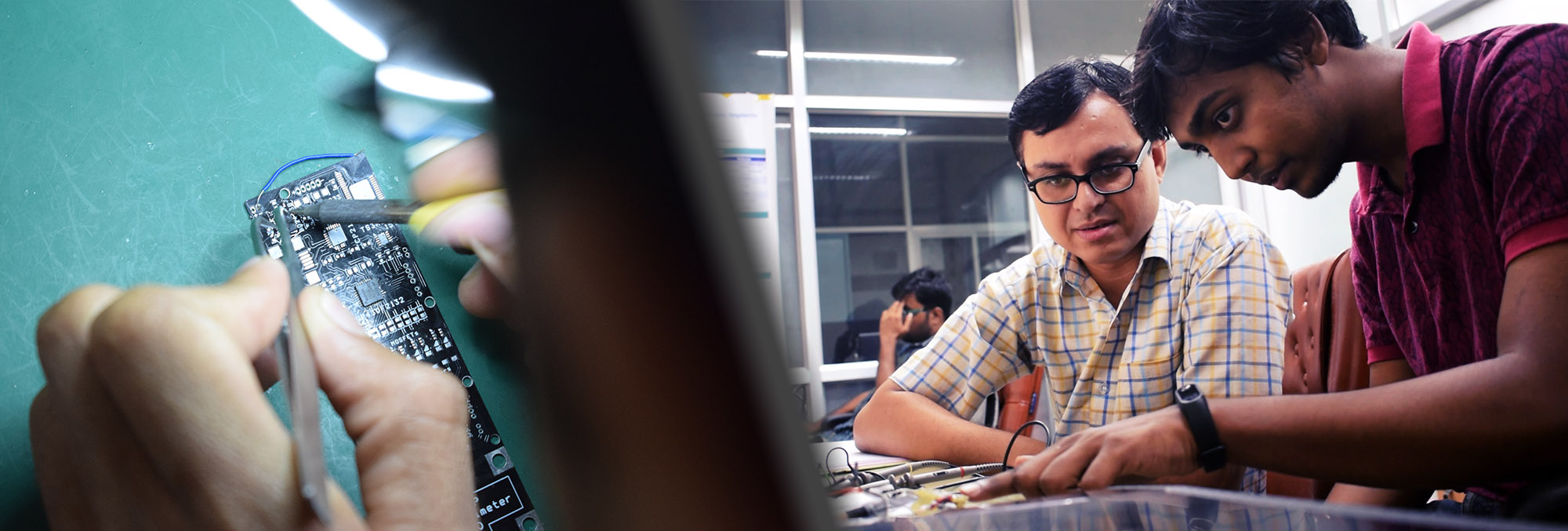
The future of medicine
In May 2018, IIT Kharagpur set up India’s pioneering Bioelectronics Innovation Laboratory to develop futuristic battery-free implantable medical devices for the treatment of brain, nerve, muscle or spinal cord disorders that are untreatable by using standard medical practices. These medical devices will go a long way in providing affordable and reliable medical solutions. The laboratory will facilitate energy-efficient electronic system development, biocompatible packaging, bio-reliability assessment and animal testing rooms as a unified platform for an end-to-end intelligent medical system development. Prof. Sudip Nag of the Department of Electronics and Electrical Communication Engineering of IIT Kharagpur is heading the initiative. The…
